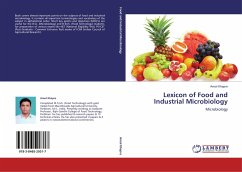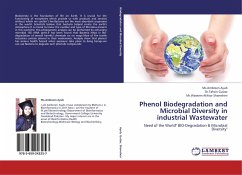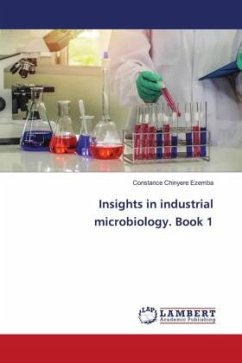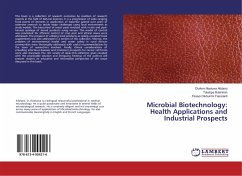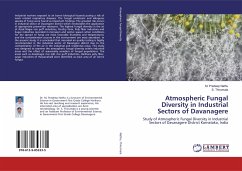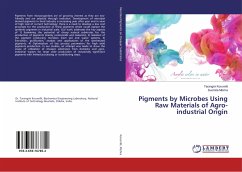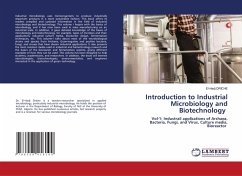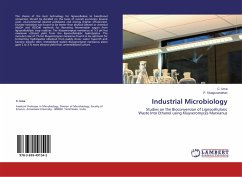
Industrial Microbiology
Studies on the Bioconversion of Lignocellulosic Waste Into Ethanol using Kluyveromyces Marxianus
Versandkostenfrei!
Versandfertig in 6-10 Tagen
27,99 €
inkl. MwSt.

PAYBACK Punkte
14 °P sammeln!
The choice of the best technology for lignocellulose to bioethanol conversion should be decided on the basis of overall economics (lowest cost), environmental (lowest pollulants) and energy (higher efficiencies). Enzyme hydrolysis was found to be better than physical (steam) or chemical (NaOH and H2SO4) methods for liberating fermentable sugars from lignocellulolytic crop residues. The Kluyveromyces marxianus at 5.5 pH has maximum ethanol yield from the lignocellulolytic hydrolysates. The inoculum size of 1% for Kluyveromyces marxianus found to be optimum for fermenting hydrolysates obtained f...
The choice of the best technology for lignocellulose to bioethanol conversion should be decided on the basis of overall economics (lowest cost), environmental (lowest pollulants) and energy (higher efficiencies). Enzyme hydrolysis was found to be better than physical (steam) or chemical (NaOH and H2SO4) methods for liberating fermentable sugars from lignocellulolytic crop residues. The Kluyveromyces marxianus at 5.5 pH has maximum ethanol yield from the lignocellulolytic hydrolysates. The inoculum size of 1% for Kluyveromyces marxianus found to be optimum for fermenting hydrolysates obtained from paddy straw, water hyacinth and banana pseudo stem. Immobilized system Kluyveromyces marxianus alone gave 2 to 3 % more ethanol yield than unimmobilized culture.



